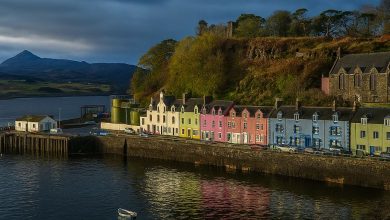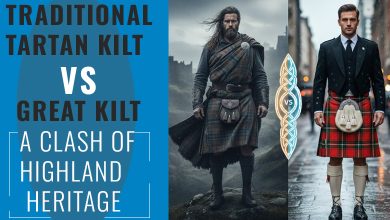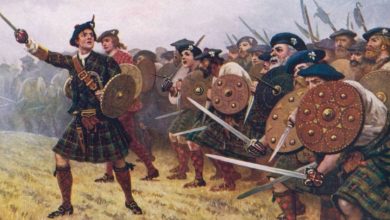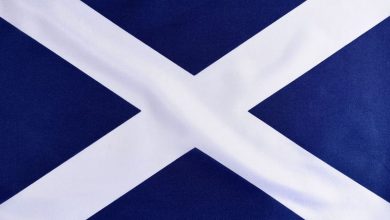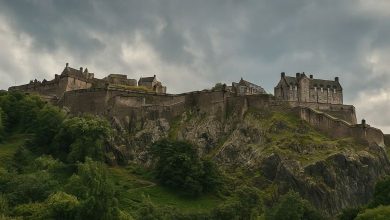A Guide to Scottish Tartan and Clan Heritage
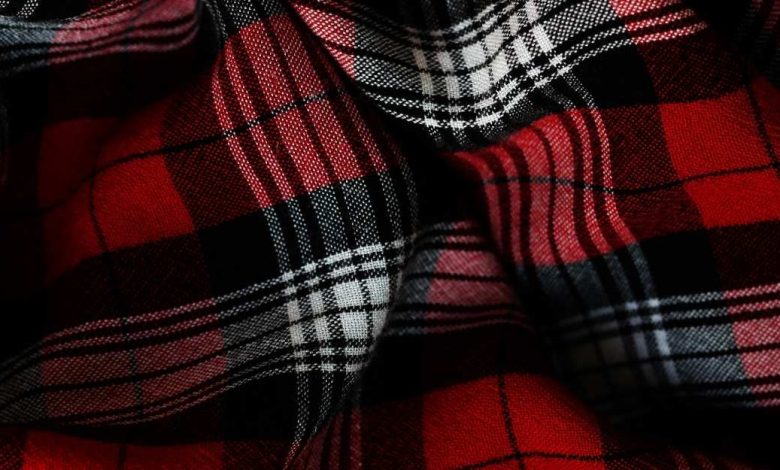
Do you know what Scottish tartan is? Tartan is a patterned cloth with crossing horizontal and vertical lines in multiple colors, forming simple or complex rectangular patterns. This fabric texture has been associated with Scotland for thousands of years. In other words, Scottish history is hidden in it. In this Scottish tartan guide, we are going to explore everything from its color representation to the role of tartan in modern times and tartan myths.
What do Scottish Tartan Colors Represent?
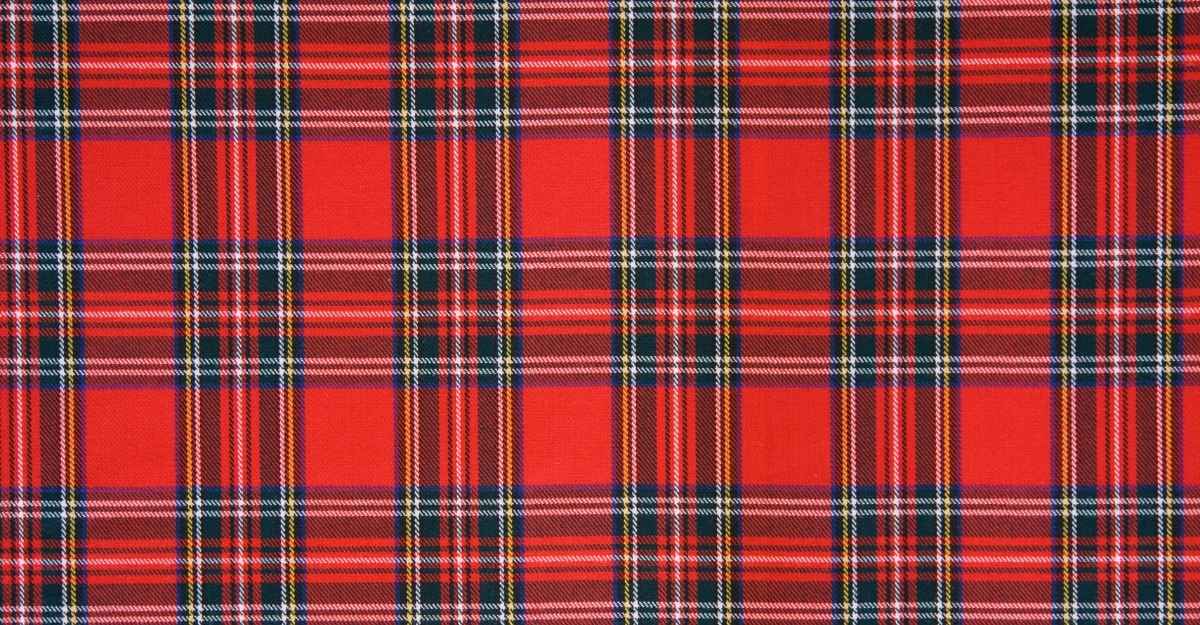
Before we dive into the fascinating history of tartans, let’s discuss tartan colors and their hidden meanings. Remember, the actual number of colors might be quite high; here, we will discuss the most common ones.
- Green: Often linked to the landscape of Scotland, representing forests, fields, and hills. It’s a prevalent color in many tartans.
- Blue: Can be associated with water (lochs, rivers, the sea) or the sky.
- Red: Red shade might have been used in tartans related to military or leadership.
- Yellow: Crops like grain or heather are closely associated with this color.
- Black: Can have associations with mourning, night, or solemn occasions. Similarly, this shade is meant to represent a sense of respect.
The History of Tartan
Tartan is primarily affiliated with Scotland today, but tartan weaving started long before the country’s freedom. Surprisingly, the earliest sample of tartan available today is almost 3000 years old. The oldest tartan still being used in Scotland is Glen Affric Tartan, which was worn in the 1500s.
Different clans used to wear their tartans. The Dress Act of 1746marked a negative era for tartan when the English throne banned it after the Jacobite Rebellion. The ban lasted for almost 40 years. After the ban was removed, tartans rose in fame again, and patterns were assigned to different clans between 1815 and 1850.
The official tartan of Scotland is the Scottish National Tartan. It’s a green tartan with red and white stripes and accents of navy blue, black, and white. The design was declared a national identity in 1993, representing all Scots, regardless of their clan or region.
Scottish Clans and Their Tartans
The story connecting clans and tartans is hidden somewhere between the septs (patterns) of fabric. According to Visit Scotland, almost 7,000 tartans have been recorded so far, most of which are universal tartans. Universal tartans are free of the clan’s identity, and everyone can wear them. According to ScotClans, 400 tartans are registered to clans, and just a few of them are going to be discussed here.
Clan Campbell
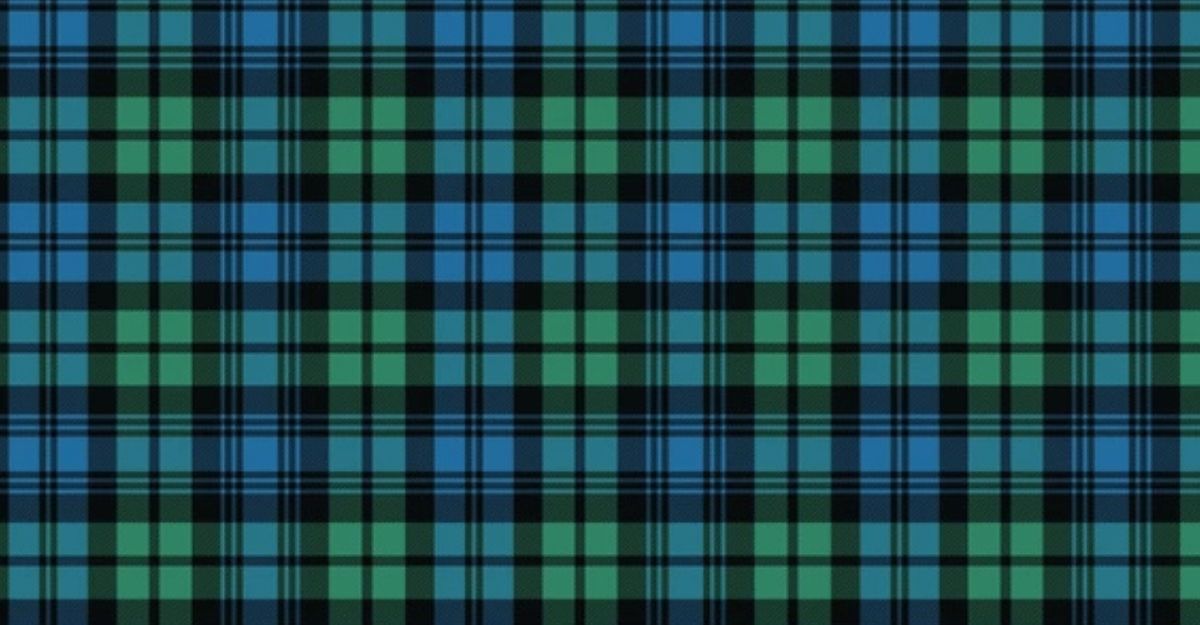
Clan Campbell is one of the most prominent and significant clans in Scottish history. It gained notoriety in the Highlands after its founding in the 13th century. The distinctive checkered pattern of green, blue, and black is a common way to identify Campbell tartan, which is one of the most well-known tartans depending on the Campbell clan’s geographic location.
People following the same clan, proudly wear their identical tartan kilt. If you, too, are looking to purchase Campbell Tartan Kilt, you can purchase from The Utility Kilt.
Clan Wallace
It is also one of the most popular clans having affiliation with William Wallace, the legendary Scottish warrior and knight who fought the English in the late 13th century. The traditional colors of the Wallace tartan are dark blue, green, black, and yellow. These shades reflect the clan’s ancient origins. It is a strong tartan frequently representing Scotland’s opposition to English authority.
Clan Robertson
The majority of the Robertson tartan is green, blue, and red, with black and yellow tones. Robertson was a branch of the original Donnachaidh clan, which is why it’s sometimes called the “Clan Donnachaidh” tartan. The clan has a long history with the MacDonalds and fought with them in the Scottish rebellions.
Clan Douglas
The Douglas tartan consists of strong green, blue, black, and red shades. These vibrant hues are among the most recognizable of its many versions. Clan Douglas possessed large territories and was known for its military skill. Especially during the Wars of Scottish Independence, they played a significant role in Scottish history.
Tartan kilts affiliated with this clan are very popular throughout the country. Those who are enthusiastic about tartan kilts or specific to Douglas Tartan Kilts, can purchase from our store in a single click.
Clan MacLeod
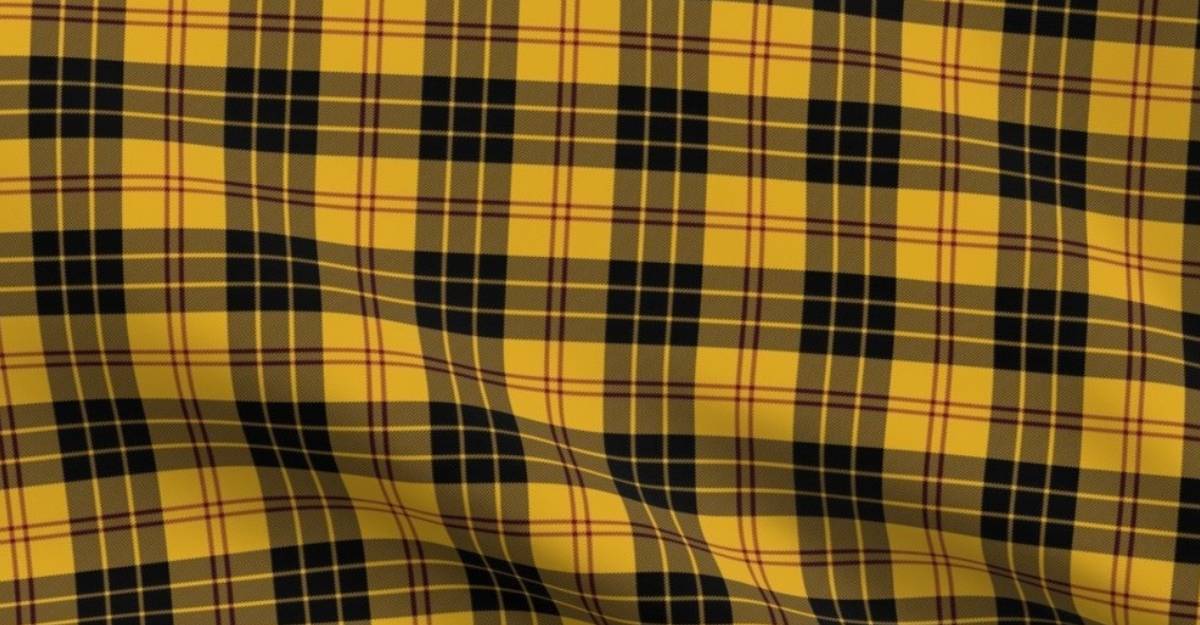
The well-known MacLeod tartan design, which frequently has blue patterns alternating with yellow and green bands, represents their ties to the Isle of Skye. The tartan is available in many variations, including the “MacLeod of Skye” and the “MacLeod of Lewis.” The clan is well-known for its passionate pride in its ancestry and historical leadership.
Clan Gordon
The Gordon tartan features bold green and blue stripes, sometimes with red or black accents, giving it a striking, balanced appearance. A powerful clan from the northeast of Scotland, it was popular for its military prowess, especially during the conflicts in the 16th and 17th centuries. The clan was highly influential in Aberdeenshire.
Clan Maclean
The Maclean tartan consists of deep green and blue with a striking red border. It is a rich pattern with bold colors, reflecting the clan’s strong Highland roots. Clan Maclean originated from the Isle of Mull in the Inner Hebrides. They were a proud, warrior clan and held strong ties to the Clan Campbell, though they were often at odds with them.
The Role of Tartan in Modern Times
Undoubtedly, the role and importance of tartan in Scotland are significantly high since it lets Scots represent their identity. Similarly, the cultural impact is pretty high there. Nonetheless, its role has transcended identity, and now tartan has become a sign of fashion. The availability of over 7,000 tartan patterns is open proof of this.
Similarly, tartan is not limited to Scotland anymore; many countries worldwide make their own tartans. Tartan is highly visible on runways and in offices, serving as everyday usable clothing in the form of kilts and shirts. In short, the fabric today has various roles, such as traditional identity, fashion statement, office dress, etc.
Fun Facts & Tartan Myths
- Tartan was banned for 40 years to surpass the Highland culture. After the ban was lifted, tartan became more famous than in the previous eras.
- The Victorian era, which took place in the 19th century, is considered a highly revived time for tartan.
- A misconception is relatively common that all clans have their tartan. Nonetheless, it is a misconception since many clans do not have their specific tartans.
- Not all tartans have cultural significance because many patterns are designed as fashion statements.
- Some people believe the tartans to be handmade, which is not valid. The invention of machines has replaced human duty, saving time and producing high quantities with different qualities.
Conclusion
Tartan remained Scotland’s identity for a long time, and it still is. Scottish tartans actually represent the clans living there. The majority of clans have their tartans, while each color in the pattern has a specific meaning. In the modern times, tartan serves as a fashion statement as well. Many clans are still struggling to find their tartans today using tartan finder tools. However, they have universal tartans to dress in at specific events.
